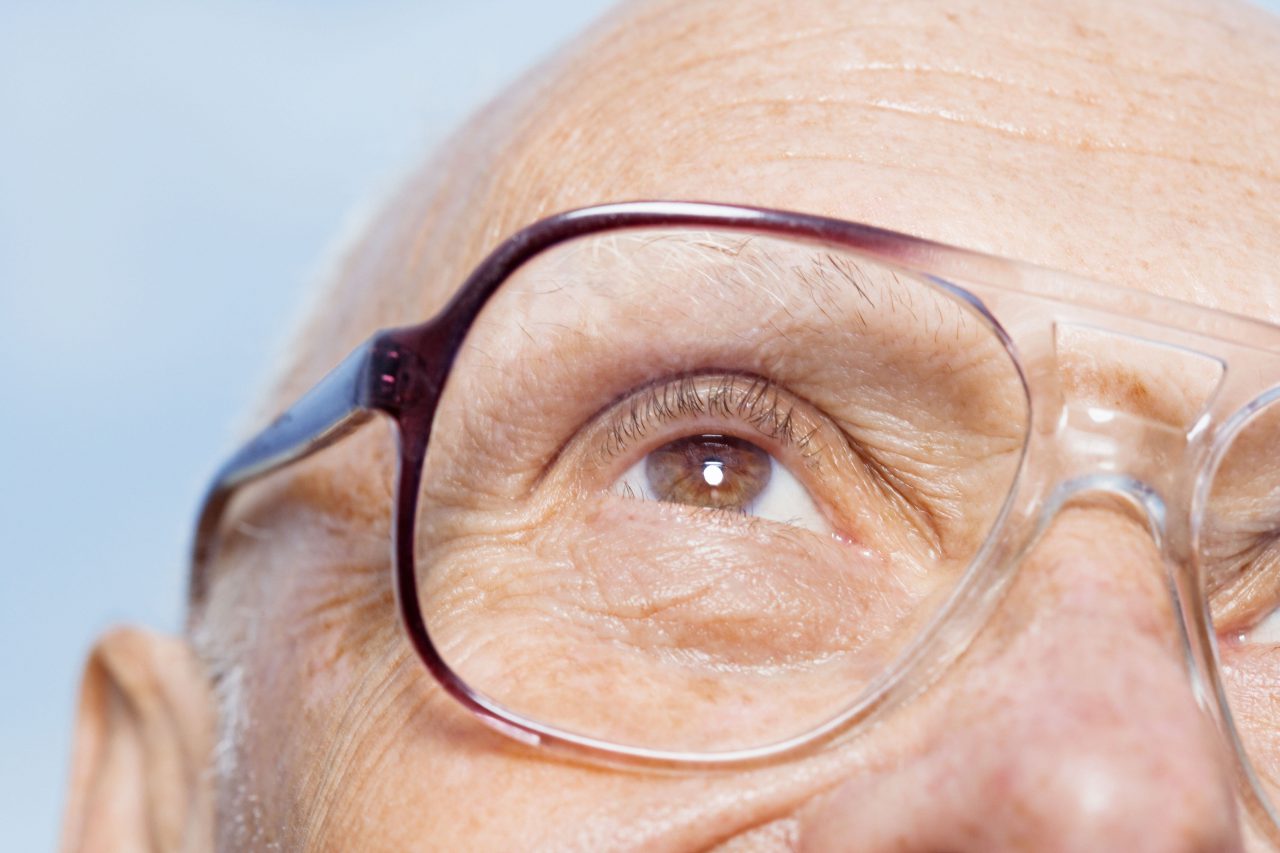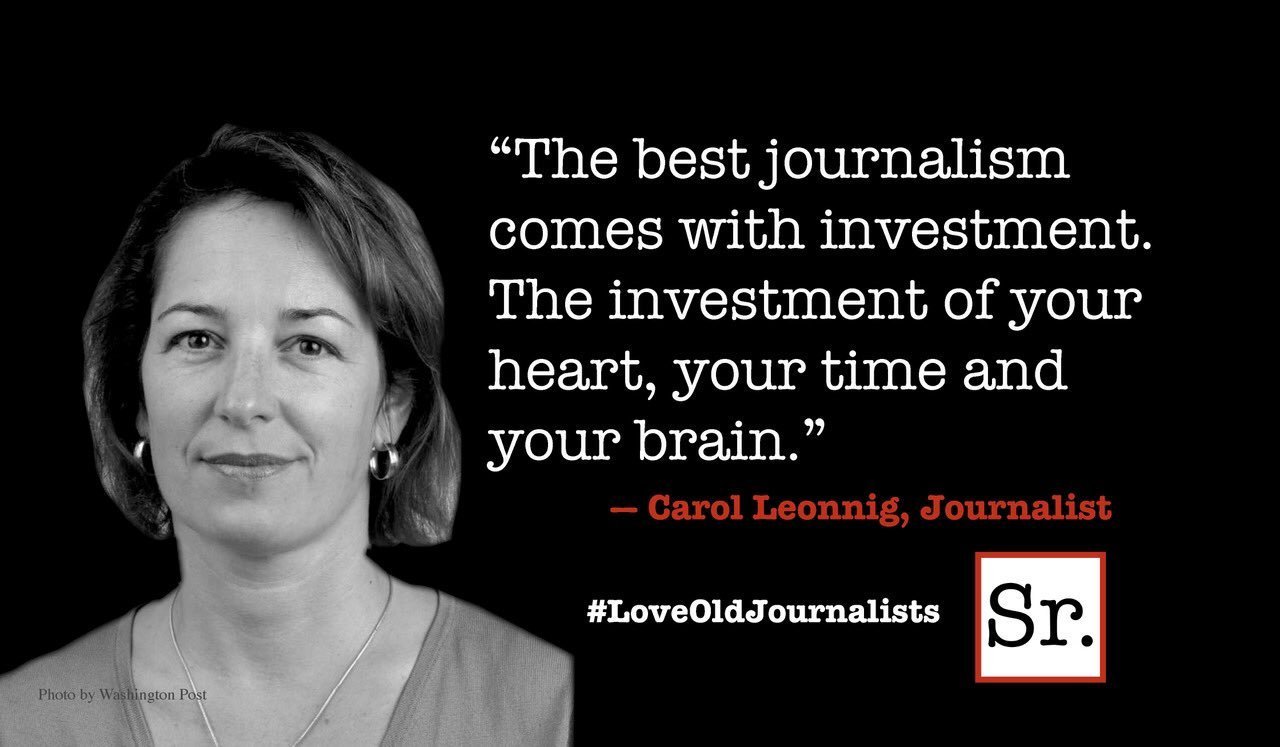This is the first installment in a four-part series about vision correction. Here are the second and third installments.
Q. I'm getting fed up with my bifocals and I want to make a change to something else. What are my options?
This is a big subject that is important to seniors, so I'm going to do a series of columns on this topic. I want to start out with my personal history because it is a perfect example of the universal problem of correcting faulty vision as we age.
I started wearing eyeglasses when I was 24. When I reached my early 40s, I noticed that my right arm was getting too short to hold books at the proper reading distance.
I was getting presbyopia, a natural condition that makes it more difficult to focus on near objects. This is the time when people who've never worn glasses before start getting cheap readers at the drug store.
However, I already had a problem that I was correcting with prescription lenses. My ophthalmologist told me I needed bifocals, glasses with lenses that have a correction on the top section for my existing conditions and one below to help me with my presbyopia.
I hated my bifocals. The lenses had semi-circular inserts for focusing up close. I could see the lines that separated the lenses. It made me squirrelly.
My doctor assured me that, in time, I wouldn't notice the lines and I would love my bifocals. After a month of agony, my brain made the lines disappear. It was amazing to me. But, I have never loved my bifocals.
Whenever I would go downstairs, my eyes would drop below the lenses and my brain would receive conflicting messages. I stumbled more than a few times.
If I needed close focusing to see anything above my head, I had to crane my neck back into an uncomfortable position. Try installing Venetian blinds with bifocals.
When it was time to get a stronger prescription, I asked my doctor if I had any other options. He recommended progressive lenses that have a smooth transition between distance and near focal areas instead visible dividing lines.
Progressives made me disoriented and nauseous. Once again, the doctor assured me I would get used to them. This time I told him where he could … I had another set of bifocals made.
Then came computers. Should I look straight at them with my upper lenses or look at the screen with my inserts? Neither worked well.
My doctor suggested trifocals. Trifocals are lenses with corrections for distance, intermediate vision, and up close. No way. I could picture myself turning into a bobblehead toy.
I retrieved my old bifocals and discovered that the old up-close correction on them now worked perfectly for the middle distance. So I kept them on my desk whenever I worked on the computer.
But I wasn't happy with two pairs of glasses, one of them with two corrections. I decided to try contact lenses. I tested several brands.
Hard contacts were not an option; they hurt. Soft contact lenses gave me the best vision I've had since I was a child. Comfortable. Everything was sharp. No lines. No eyeglass frames to get in the way. I was so happy. But …
I came to learn that I don't make a lot of tears. You need tears to keep your soft contacts from drying. After a few hours, my contacts felt like potato chips. I tried fake tear drops. No luck. I gave up. I went back to my bifocals.
My doctor tells me that the newer soft contacts are better than the ones I tried 15 years ago. He could be right, but I don't relish going back to cleaning solutions and sticking my finger in my eyes again. I had enough.
To be continued …









